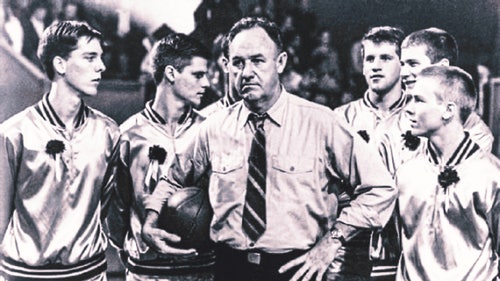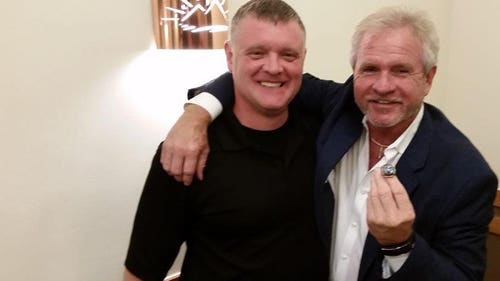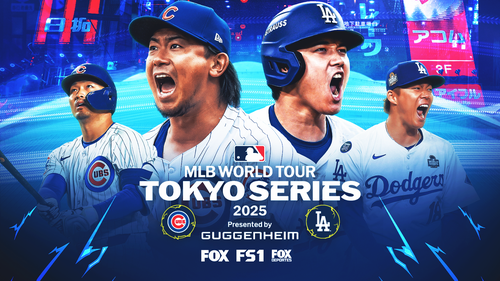
Unraveling the Dodgers' shocking deal
It took a while, but I think I finally understand the Los Angeles Dodgers’ logic for taking on more than a quarter-billion dollars in salary for four players, only one of whom — first baseman Adrian Gonzalez — is actually desirable.
The Dodgers’ blockbuster with the Boston Red Sox busted the model for 21st century trades, and not simply because the new LA owners possess seemingly endless resources and are almost certain to land a billion-dollar local television deal soon.
The trade stemmed in part from the financial restrictions that the Dodgers faced under their previous owner, Frank McCourt, and the talent gaps that were created by the team’s inability to participate vigorously in the free-agent market.
The trade also stemmed in part from the desire of the Dodgers’ new owners to reestablish the team’s brand, with Gonzalez — the game’s biggest Mexican-American star — holding particular appeal in Los Angeles.
Finally, the deal stemmed from the difficulty of acquiring impact talent in today’s marketplace, the future free-agent classes that offered few quality options at positions where the Dodgers most needed help.
In less than a month, the Dodgers addressed long-term voids at first base, left field and third base by acquiring Gonzalez and Carl Crawford from the Red Sox and Hanley Ramirez from the Miami Marlins. They also added right-hander Josh Beckett to replace injured Chad Billingsley and infielder Nick Punto to replace injured Jerry Hairston Jr. (The trade of Nathan Eovaldi to the Miami Marlins had created an earlier opening in the team’s rotation, one originally intended for Ryan Dempster and later filled by Joe Blanton.)
Exciting stuff. Expensive stuff. And amid the flurry of criticism the Dodgers received within the industry, one line from a rival executive stood out most: “If you had $250 million to spend, is this how you’d do it?”
The question certainly is fair, given the uncertainty surrounding the health and performances of Crawford and Beckett. But there are other ways of looking at it, too.
Think of those recent contracts awarded to first basemen — $214 million over nine years for Detroit’s Prince Fielder, $250 million over 10 years for Cincinnati’s Joey Votto, $240 million over 10 years for the Los Angeles Angels’ Albert Pujols.
The Dodgers after this season will owe a comparable amount, $262.5 million, to the four players they acquired from the Red Sox. The difference is, the Dodgers will be getting six years of Gonzalez, five of Crawford, two of Beckett and one of Punto — 14 player years total. And none of those acquisitions will be older than 36 when his contract expires.
Of course, not even Gonzalez is a sure thing for the long term, but for the moment, he remains an elite talent. Beckett, if he avoids further shoulder trouble, should benefit from the move to a pitcher-friendly league and park. And Crawford, who is said to be ecstatic with the trade, never should have signed with the Red Sox in the first place. He will be much more comfortable in LA than he was in Boston, where the baseball environment is more suffocating.
Something else to consider: What were the Dodgers’ options?
Adam LaRoche will be the top first baseman on the open market this offseason (and, come to think of it, could fit nicely with the Red Sox). Paul Konerko will be the best available first baseman next offseason, but by then, he will be 37.
Quality third basemen are in even scarcer supply; Kevin Youkilis will be the top free agent this offseason if the Chicago White Sox decline his $13 million option. The New York Mets want to keep David Wright. The San Diego Padres are asking a lot for Chase Headley. And while the Milwaukee Brewers entertained talk for Aramis Ramirez, the Dodgers ended up better off with Hanley Ramirez (who also could end up at short, depending upon what the team does with Dee Gordon).
Outfielders are more available on the open market. This year’s free-agent class will include Josh Hamilton, Michael Bourn, B.J. Upton, Shane Victorino and Nick Swisher. Granted, Crawford hasn’t played consistently well since 2010. Granted, he recently underwent Tommy John surgery on his left (throwing) elbow. But, at 31, he is younger than all but Bourn and Upton.
Of course, the Dodgers’ future obligations are now quite steep — starting with $192.6 million for next season, or $73.5 million more than the New York Yankees, according to Cot’s Baseball Contracts. The commitments “drop” to $133.7 million in 2014, $90 million in ’15, $88.7 million in ’16 and $89.9 million in ’17.
Do the Dodgers even care?
They’re trying to win now. They’re playing by their own rules. And they’re not going to stop spending in an effort to adhere to others’ perceived limits. They will set their own limits, thank you very much.
Their next step will be to sign left-hander Clayton Kershaw to a monster deal. And they surely will enter the bidding if Detroit’s Justin Verlander and Seattle’s Felix Hernandez become free agents, as scheduled, after the 2014 season. In fact, those two might be more likely to hit the open market now, if only to use the Dodgers as leverage.
It’s quite possible the whole thing will disintegrate into a mess — see, the Miami Marlins — but the Dodgers are counting on their calm, evenhanded manager, Don Mattingly, to massage the various egos. In the meantime, the Dodgers insist they will reload their farm system, something that will be easier said than done with the new restrictions on amateur spending.
Which raises another question: If the Dodgers are so devoted to player development, why did they include four prospects in a trade in which they took on so much salary?
Teams generally use a sliding scale when acquiring high-priced talent, moving better prospects only if they receive a significant percentage of the remaining obligations to the players coming their way.
The Dodgers did not receive a significant percentage, getting from the Red Sox only $11 million of the $275.69 million owed Gonzalez, Beckett, Crawford and Punto. Yet, the Dodgers gave up pitchers Allen Webster and Rubby De La Rosa, outfielder Jerry Sands and infielder Ivan DeJesus Jr., as well as first baseman James Loney. (De La Rosa and Sands, the players to be determined, are not yet officially part of the deal.)
How much will those losses hurt the Dodgers? There is no way to know right now, but short term, at least, the answer is, “Not much.”
DeJesus, 25, never caught on with Mattingly and his staff and, next season, will be out of options. Sands, 24, still could develop into a star, but the additions of Gonzalez and Crawford made him expendable. Loney, a potential free agent, was just filler.
Webster, 22, and De La Rosa, 23, were the main attractions for the Red Sox, but both came with questions. Webster’s great stuff has yet to translate into great results. De La Rosa, coming off Tommy John surgery, is another big arm, but some question his work ethic and ultimately he might prove nothing more than a reliever.
The Dodgers retained three other top pitching prospects — Zach Lee, Chris Reed and Matt Magill — even after making their trade with the Red Sox and their earlier deals for Ramirez and Victorino. They also have well-regarded position players in their system — catcher Tim Federowicz and outfielders Joc Pederson and Alex Castellanos, among them.
Make no mistake, the Dodgers’ blockbuster represents a dramatically different way of doing business, one that was difficult for many to digest. Still, every decision in baseball comes with its own rationale, and this deal had a number of rationales, seeing as how it was bolder and more complicated than most.
Agree or disagree, the Dodgers just created a new mold.










